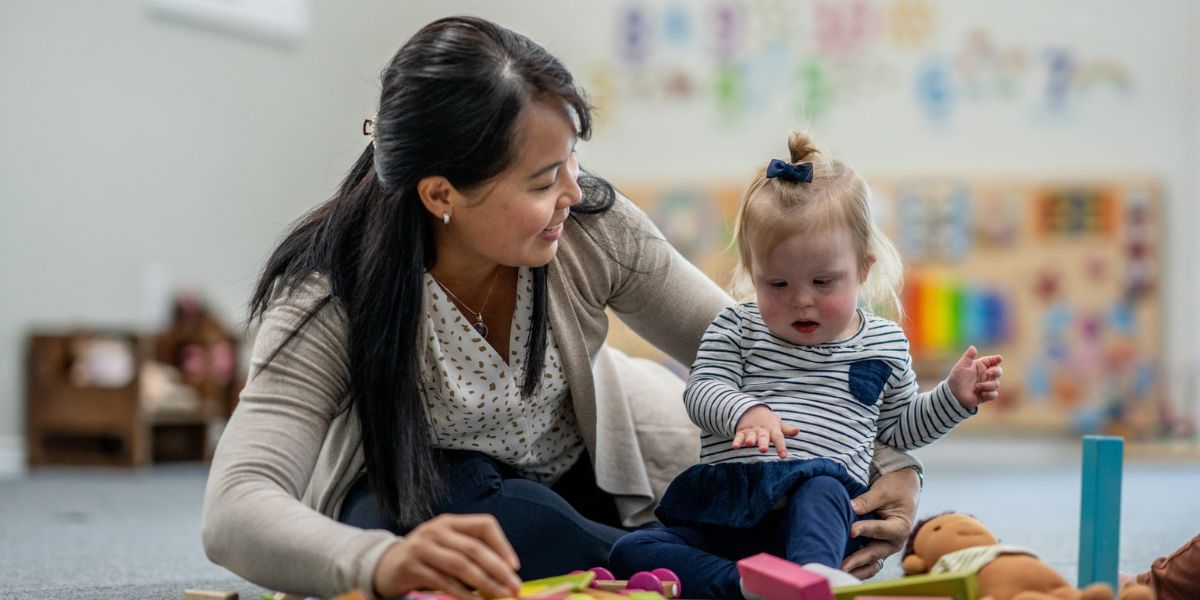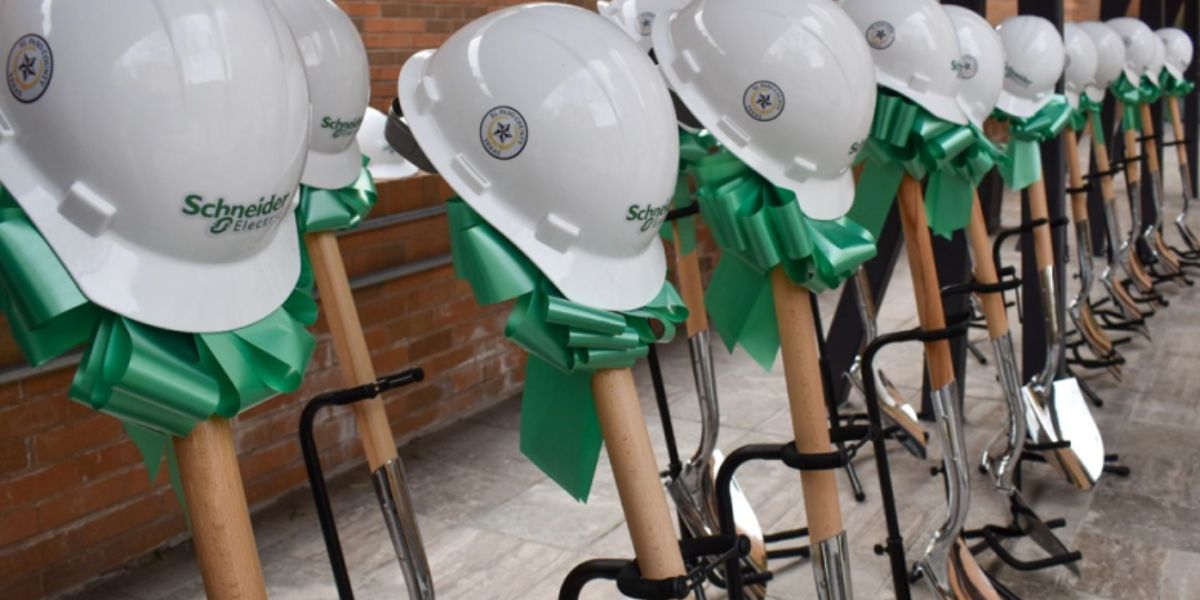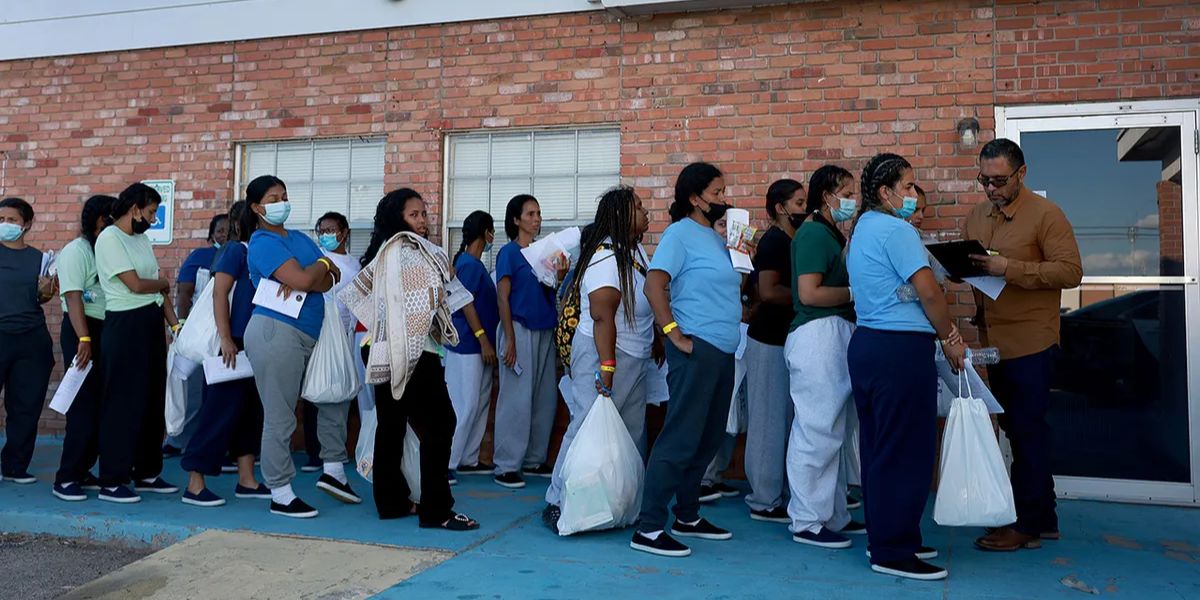El Paso, TX – In a city long known for its resilience and close-knit spirit, El Paso is demonstrating that safety isn’t achieved by enforcement alone — it’s built through partnerships, empathy, and collaboration. From hospitals and schools to law enforcement and neighborhood groups, a growing network of community partners is transforming the way violence prevention works across West Texas.
A Shift from Reaction to Prevention
Traditionally, violence prevention meant responding after harm occurred — an arrest, a hospital visit, or a crisis intervention. But in El Paso, leaders are reframing the question from “How do we stop violence?” to “How do we prevent it from starting?”
Table of Contents
This proactive model, known as community-driven violence prevention, unites public agencies with grassroots organizations to identify risks early, coordinate services, and address root causes such as poverty, trauma, and social isolation.
As Daniela Ramos, a violence prevention strategist and certified mediator based in El Paso, explains:
“Violence isn’t just a crime problem — it’s a community health issue. When schools, hospitals, and families work together, prevention becomes part of everyday life.”
Building a Unified Response Network
At the heart of El Paso’s new model is collaboration across systems. Instead of operating in silos, agencies now share information and coordinate their efforts to reach those most vulnerable to violence.
Key partners include:
- El Paso County Sheriff’s Office and local police departments, which are integrating social workers and mental health advocates into patrol response teams.
- University Medical Center’s hospital-based intervention unit, which identifies high-risk patients and connects them to post-discharge support programs.
- Local nonprofits and neighborhood associations, such as Project Vida and Paso del Norte Center for Hope, which provide family counseling, mentorship, and housing assistance.
This cross-sector approach ensures that someone in crisis doesn’t just encounter law enforcement — they’re met with a coordinated network of care.
The Role of Schools and Youth Programs
Schools have become one of the strongest anchors in El Paso’s prevention network. Teachers, counselors, and administrators receive training in restorative practices, conflict resolution, and trauma-informed care, enabling them to identify warning signs and connect students to help.
Through partnerships with organizations like Boys & Girls Clubs of El Paso and Youth Leadership El Paso, young people gain access to mentorship, after-school programs, and job-readiness training — reducing the lure of gangs or street violence.
These collaborations are making a measurable difference. The El Paso Independent School District reported a 30% decline in student altercations over two years at campuses with active mentorship and mental health programs.
Faith and Neighborhood Leaders as Community Bridges
Local faith leaders have also taken on critical roles in violence prevention. Churches, mosques, and community centers host peacebuilding circles, youth workshops, and grief support sessions for families affected by violence. Their influence extends beyond the pulpit — they serve as trusted connectors between residents and public agencies.
One notable effort, the Faith & Safety Coalition of El Paso County, brings together clergy and first responders to mediate neighborhood disputes and coordinate outreach after violent incidents. These partnerships foster trust and dialogue where government agencies alone might struggle to reach.
“Our faith groups know the families, the stories, and the pain,” Ramos says. “They help us respond with humanity instead of bureaucracy.”
Data and Innovation Driving Policy
El Paso’s model doesn’t rely on intuition alone — it’s driven by data and evaluation. The city uses integrated systems to track patterns in 911 calls, emergency room visits, and school suspensions, allowing prevention teams to anticipate where intervention is most needed.
For example, after identifying clusters of youth violence in central El Paso, the Community Safety Collaborative launched a targeted mentorship and counseling initiative that cut repeat offenses in the area by nearly 40%.
By combining evidence with empathy, policymakers can allocate resources strategically — investing in prevention programs that deliver real results.
Human Stories Behind the Strategy
The success of El Paso’s partnerships isn’t just seen in statistics — it’s felt in lives changed. One 15-year-old student, previously involved in fights, found support through a school-based peer mediation program and now volunteers as a youth mentor. Another, a young father injured in a neighborhood altercation, was connected to counseling and job training through a hospital outreach team — and now helps others avoid the same path.
These individual stories illustrate the power of coordinated care, where institutions work not just to treat wounds but to rebuild lives.
Challenges in Sustaining Collaboration
Even with its successes, El Paso’s partnership model faces ongoing challenges. Funding constraints, staff turnover, and differences in agency priorities can make coordination complex. Rural areas outside the city still lack the same access to intervention teams and counseling services.
Advocates like Ramos are calling for state-level funding and infrastructure to make collaboration sustainable, ensuring that violence prevention doesn’t depend solely on temporary grants or volunteer programs.
A Model for the Nation
El Paso’s community safety framework is now being studied by other Texas counties and national networks, including the National Institute for Criminal Justice Reform. Its success offers a replicable model for cities seeking to address violence not through enforcement, but through partnership, prevention, and compassion.
“We’ve learned that safety isn’t built by one agency or one policy,” Ramos says. “It’s built when every part of the community — from teachers to trauma nurses to pastors — works toward the same goal: a city where everyone can live without fear.”
What do you think?
How can community partnerships strengthen violence prevention in your area? Share your ideas or local experiences in the comments below and explore more success stories at reachviolenceprevention.org.











